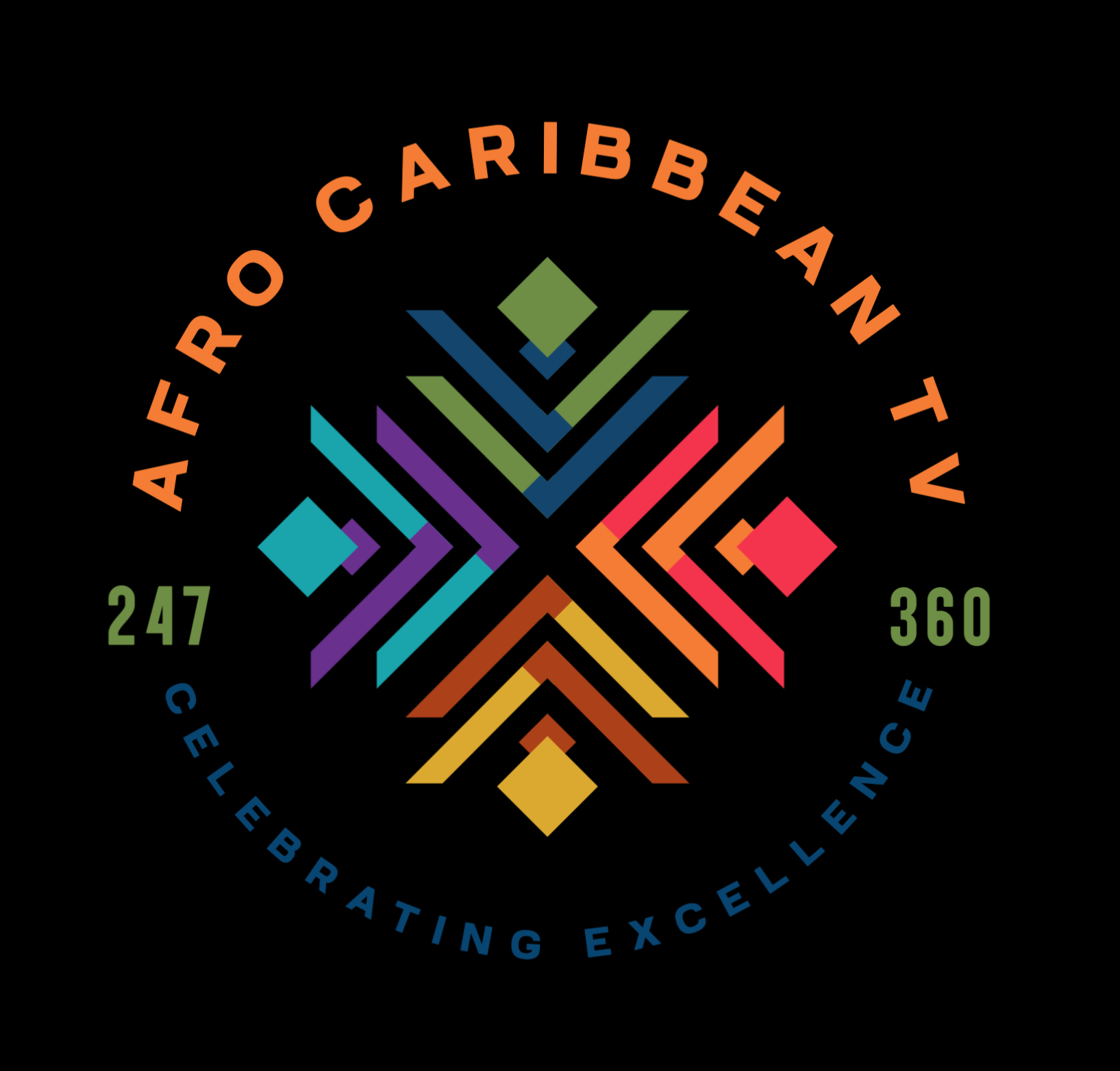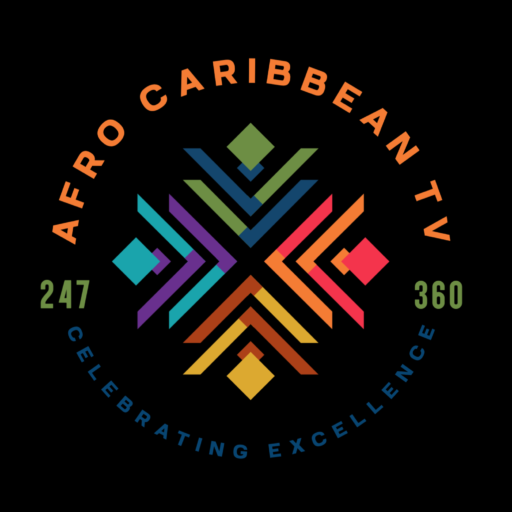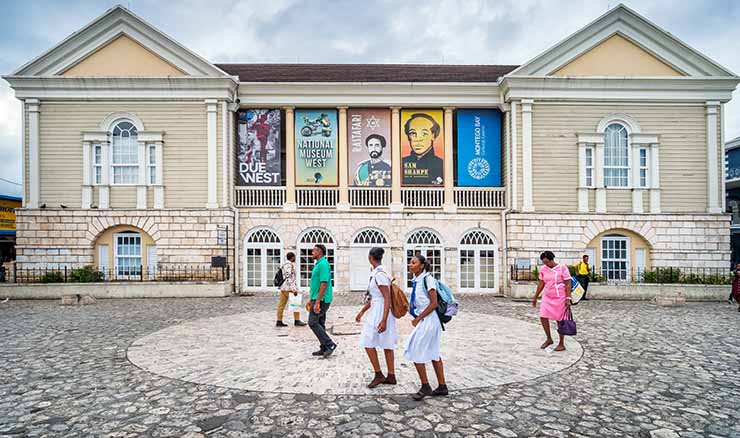The education system in Montserrat (a British Overseas Territory in the Caribbean) is based on the British model, and it offers free and compulsory education for children between the ages of 5 and 16. Below is an overview of the structure, curriculum, and features of Montserrat’s education system:
Structure of the Education System
1. Pre-Primary Education
- Ages: 3 – 5
- Institutions: Preschools and early childhood centres
- Focus: Basic social, cognitive, and motor skills development
2. Primary Education
- Ages: 5 – 11 (Years 1–6)
- Duration: 6 years
- Curriculum: Core subjects like:
- English
- Mathematics
- Science
- Social Studies
- Religious Education
- Physical Education
- Ends with national assessments to place students into secondary school.
3. Secondary Education
- Ages: 11 – 16 (Forms 1–5)
- Main Institution: Montserrat Secondary School (MSS) – the only secondary school on the island.
- Curriculum: Aligned with CXC (Caribbean Examinations Council)
- Students sit for CSEC (Caribbean Secondary Education Certificate) exams at the end of Form 5.
- Core and elective subjects in science, humanities, technical areas, and business.
4. Post-Secondary / Tertiary Education
- Options after CSEC:
- Montserrat Community College (MCC): Offers CAPE (Caribbean Advanced Proficiency Examinations), technical and vocational programs, teacher training, and some university-level courses.
- Distance education through institutions like University of the West Indies (UWI) Open Campus.
Key Features
- British Influence: The system mirrors that of the UK in structure and assessments.
- CXC-Based Curriculum: Ensures regional standardization and mobility across the Caribbean.
- Technology Integration: Efforts have been made to introduce e-learning, especially after natural disasters.
- Small Population: Education services are centralized, and class sizes tend to be small.
Challenges
- Impact of Volcanic Activity: The 1995 Soufrière Hills volcanic eruption disrupted infrastructure, including schools, though recovery efforts have been ongoing.
- Limited Higher Education Options: Most students seeking university degrees study abroad or through online/distance learning.
- Resource Constraints: Being a small island with a limited budget, the education system faces issues with staffing, materials, and facility upgrades.


